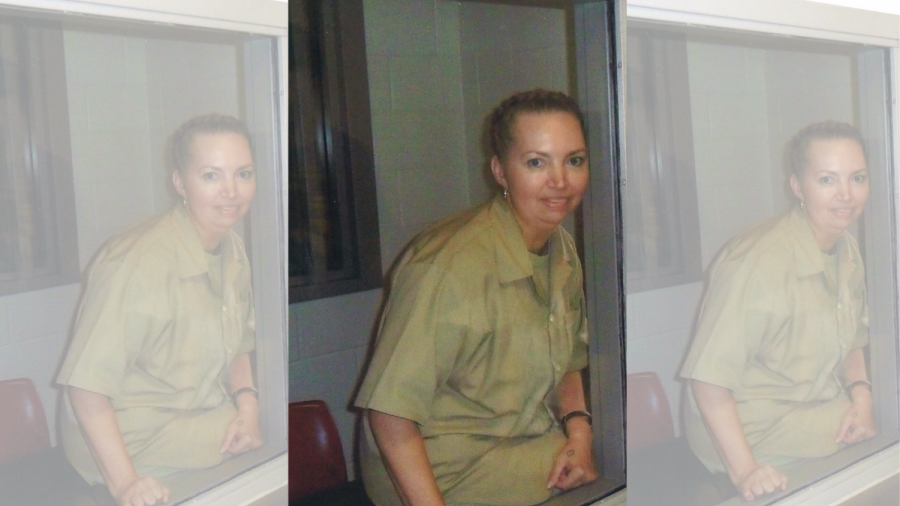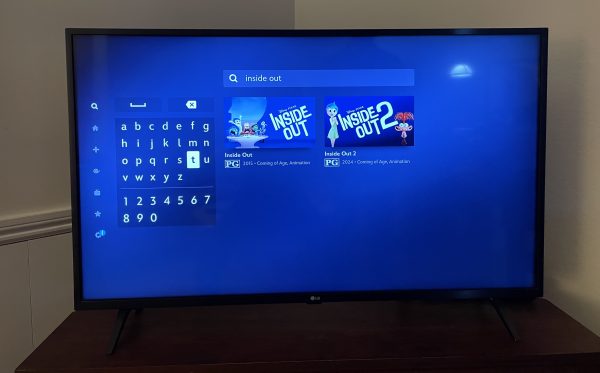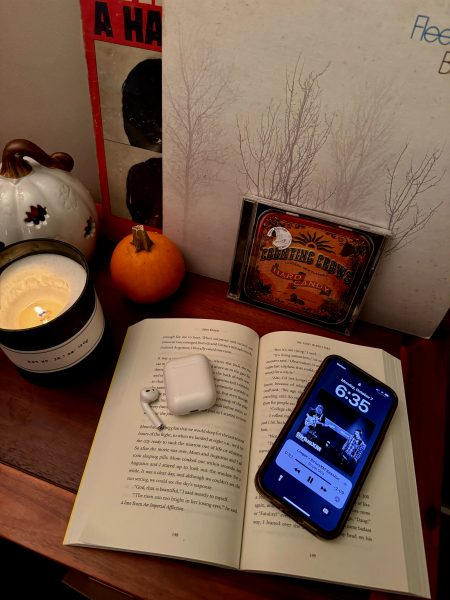The Viral Story of Lisa Montgomery
The Catalyst / Photo courtesy of attorneys for Lisa Montgomery
Lisa Montgomery at Carswell prison in 2017
On the night of January 11, a federal judge issued a temporary halt just hours before the scheduled execution of Lisa Montgomery. Murderer and the first woman to be on federal death row since 1953, Montgomery’s story has extended beyond the confounds of her life in prison.

Since the Trump administration’s resurrection of federal executions in 2019, Montgomery’s story has become increasingly popularized on social media. She was convicted not only for the murder of a 23-year old pregnant woman, Bobbie Jo Stinnett, but also for the brutal extraction and kidnapping of the unborn fetus. Despite the child’s traumatic and early birth by Montgomery, she managed to survive and was returned to her father’s custody. The official criminal charge for Montgomery was “kidnapping resulting in death.”
While Montgomery’s initial execution date was set to December 8, 2020, several delays lead to Federal Judge Patrick Hanlon granting her a stay under the condition that her mental competency must be evaluated per the Eighth Amendment. A movement across all social media platforms urging Trump and advocates to intervene has been said to be a factor in the consideration of Montgomery’s fleeting mental health. However, that stay was abandoned by the Supreme Court after a 6-3 vote. After further review, the decision was officially made to execute Montgomery by lethal injection, and she was pronounced dead as of 1:31 AM on January 13, 2021.
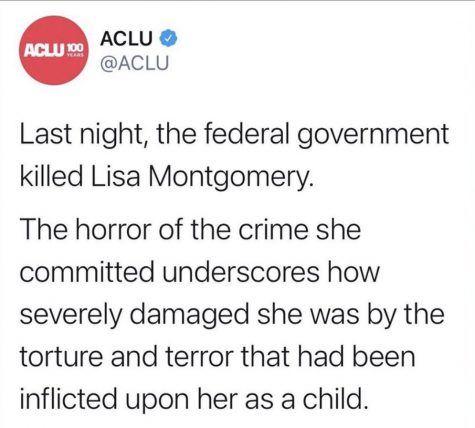
Montgomery’s half sister, Diane Mattingly, was a driving force in the active publicity of her sister’s story.
“Lisa should spend the rest of her life in prison, no doubt, but she shouldn’t have to die. Because maybe if she hadn’t been failed by the people she needed most in society, she could have been part of it,” said Mattingly.
Advocates for her clemency explained how it must be known that she battled severe mental illness as a result of suffering horrific physical and sexual abuse as a child. Her graphic story first blew up on Twitter and then escalated on Instagram. What most of the advocates were posting about, including Mattingly, was that President Trump had the power to grant Montgomery life without parole rather than death. Still, Montgomery’s crime was heinous enough to make Judge Hanlon turn a blind eye to her mental health and its influence on her actions.
Protesters were seen in snapshots all over social media. They peacefully stood outside the penitentiary where Montgomery was set to be executed. It was even reported they held a vigil for Montgomery in the hours leading up to her execution.
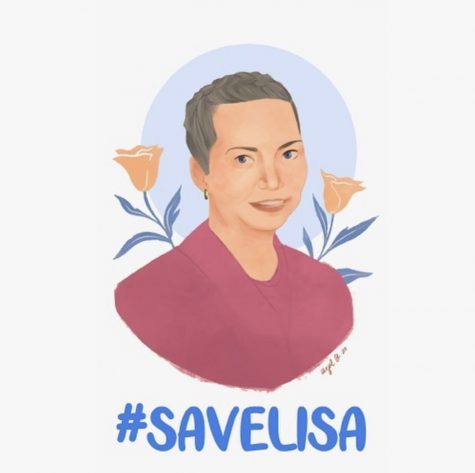
Actress Scarlet Johansen took to instagram to talk about Montgomery’s childhood of being assaulted, sex trafficked, and forced into marriage with her step brother and rapist.
“Lisa’s years of torture at the hands of her caregivers has lead to documented brain damage and mental illness so severe that she had to be heavily medicated or else [she’d] dissociate,” said Johansen.
The American Civil Liberties Union also expressed their advocacy for Montgomery’s life on Twitter, previously making statements such as, “It’s not too late to stop this injustice” and “Tell the president to change Lisa’s sentence from death to life without parole”.
Social media played a big enough role in this circumstance to influence Judge Hanlon to delay Montgomery’s fate in order to re-evaluate her mental status. Yet the end result begs the crucial question as to whether or not the voice of the people truly can be effective in these matters.
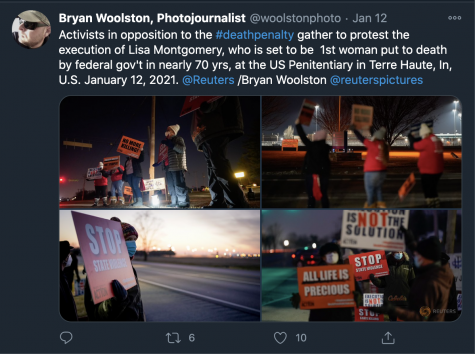

Victoria Bartels is a senior at Notre Dame Belmont and has been a staff writer since 2018. Victoria is an avid reader and writer outside of her 3 school...

